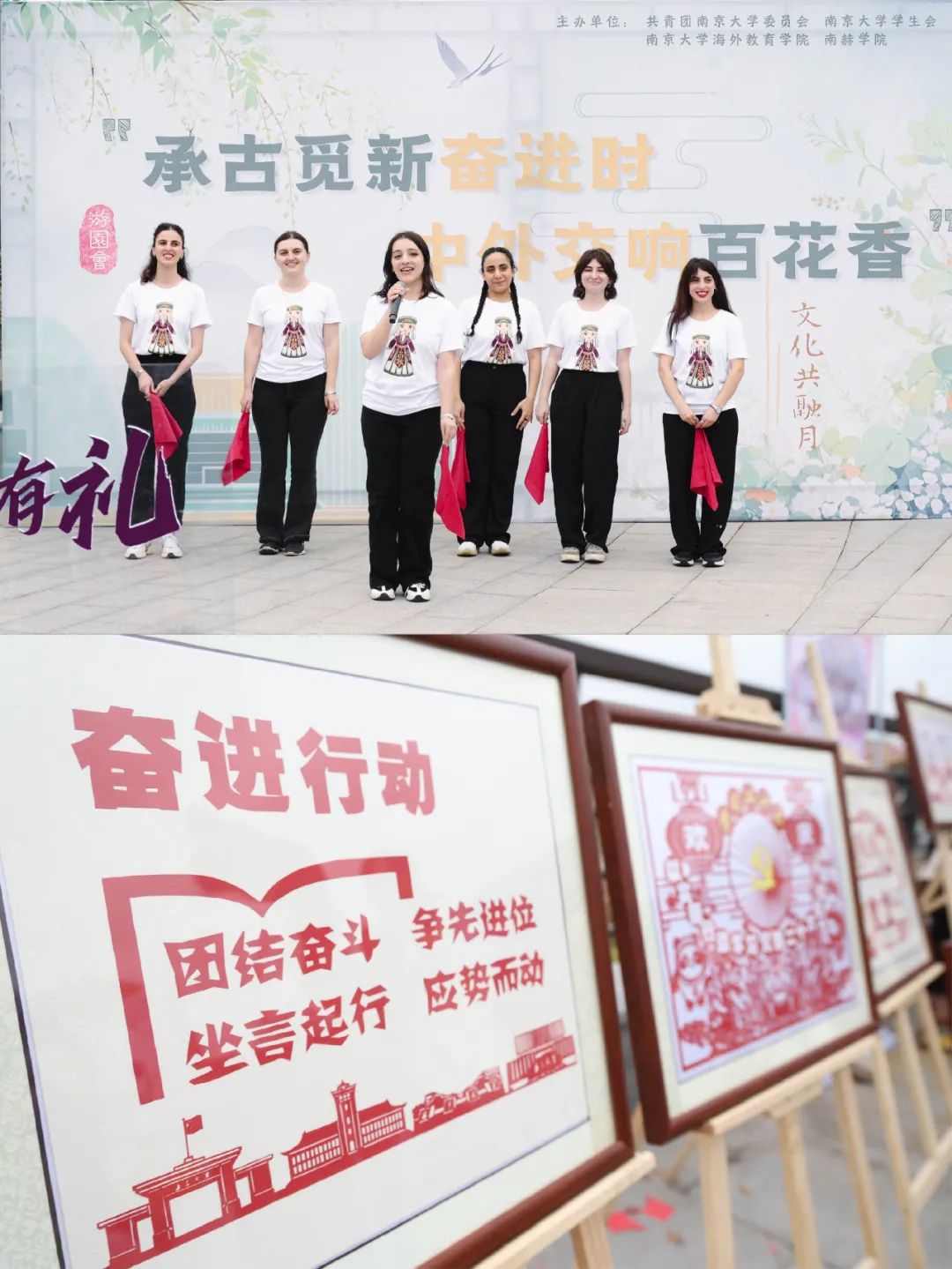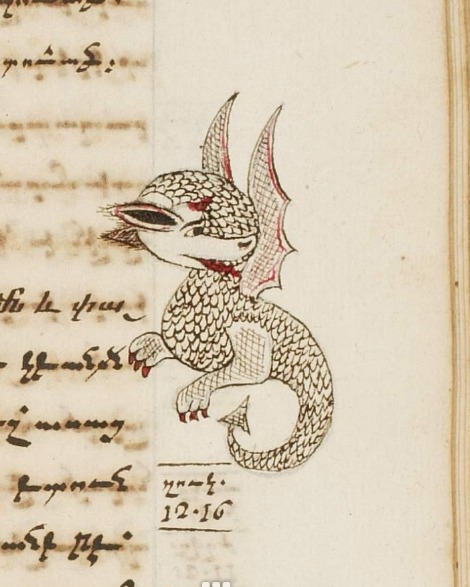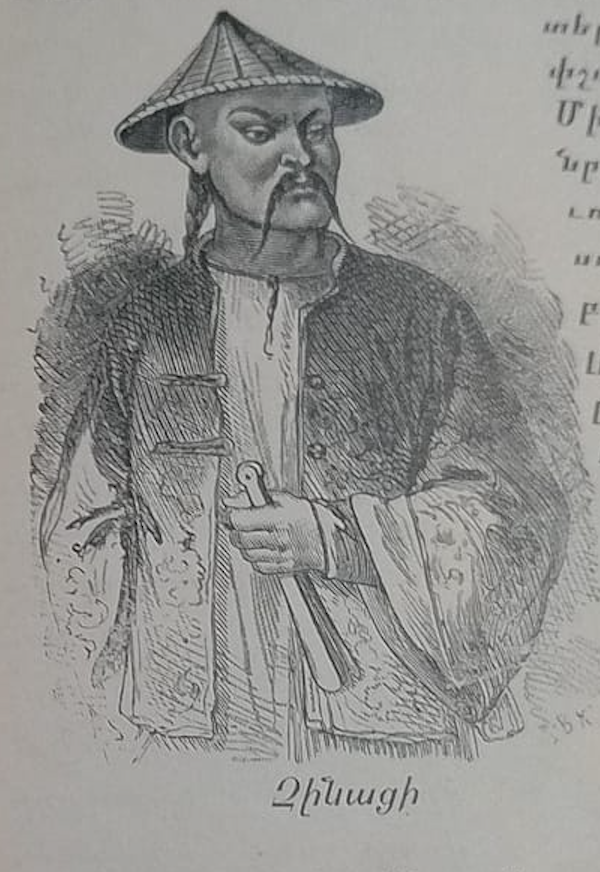
The Armenian vordan karmir – sought-after crimson carmine pigment
The Armenian cochineal (Porphyrophora hamelii), also known as the Ararat cochineal or Ararat scale, is a scale insect indigenous to the Ararat plain and Araks River valley in the Armenian Highlands. It was formerly used to produce an eponymous crimson carmine dyestuff known in Armenia as “vordan karmir” (Armenian: որդան կարմիր, literally “worm’s red”).
It is possible that Armenian cochineal dye was in use as early as 714 BCE when the Neo-Assyrian king Sargon II was recorded as seizing red textiles as spoils of war from the kingdoms of Urartu (the geographic predecessor of Armenia) and Kilhu.
During the Middle Ages, the Armenian cochineal dyestuff was widely celebrated in the Near East. The Armenian cities Artashat and Dvin were early centers of the production of the intense red color: during the 8th through 10th centuries, Arab and Persian historians even referred to Artashat as “the town of kirmiz.” The Arabs and Persians regarded “vordan karmir” as one of the most valuable commodities exported from Armenia. The Armenians used “Ararat cochineal” to produce dyes for textiles (including oriental rugs) and pigments for illuminated manuscripts and church frescos.










